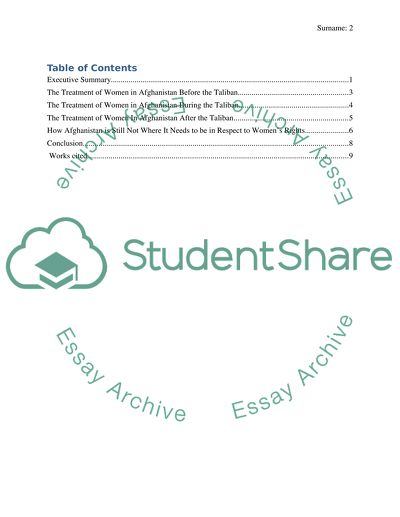Cite this document
(“The Treatment of Women in Afghanistan Research Paper”, n.d.)
Retrieved from https://studentshare.org/gender-sexual-studies/1498331-the-treatment-of-women-in-afghanistan
Retrieved from https://studentshare.org/gender-sexual-studies/1498331-the-treatment-of-women-in-afghanistan
(The Treatment of Women in Afghanistan Research Paper)
https://studentshare.org/gender-sexual-studies/1498331-the-treatment-of-women-in-afghanistan.
https://studentshare.org/gender-sexual-studies/1498331-the-treatment-of-women-in-afghanistan.
“The Treatment of Women in Afghanistan Research Paper”, n.d. https://studentshare.org/gender-sexual-studies/1498331-the-treatment-of-women-in-afghanistan.


